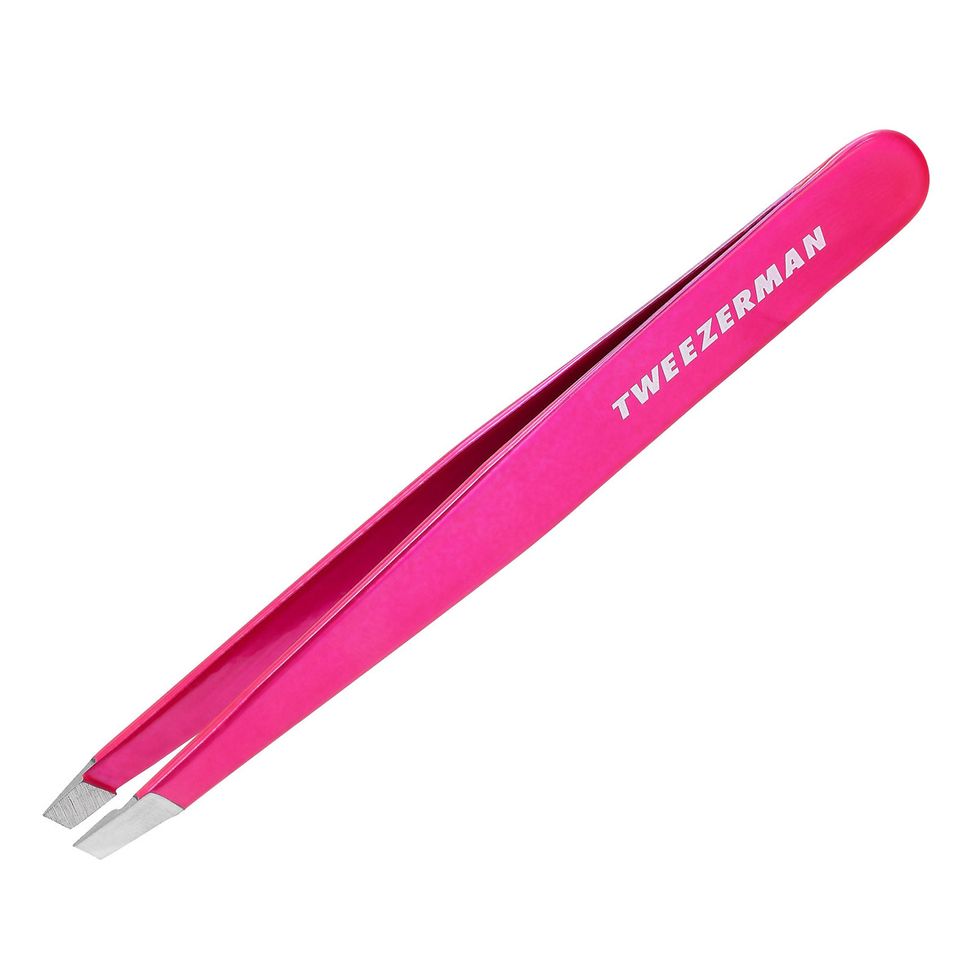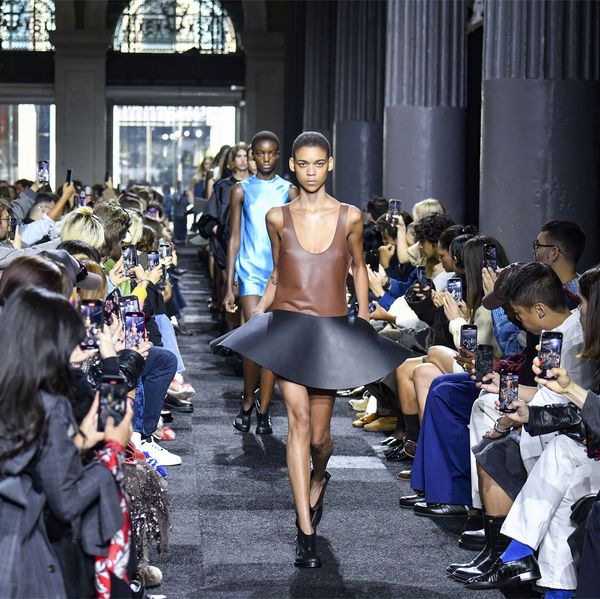
26 February, 2020
10 November, 2021
Whether you care to acknowledge it or not, the majority of women grow facial hair to some degree. And although we often embrace our thick brows and luscious lashes, as a society we’re very quick to admonish the rest of the hair that grows on our faces. Realizing that we may have a few more chin hairs than we’d like to admit (not to mention upper lip, sideburns, and more), we decided it was time to learn more about the science behind unwanted female facial hair.
We spoke with chief scientist, trichologist, and hair biologist for évolis Professional Dr. Dominic Burg and beauty expert, trichologist, and founder of Colour Collective Kerry Yates to get a better understanding of this fairly taboo beauty topic. Keep reading to learn what these experts had to say about the causes of female facial hair, as well as prevention and everything in between.
We spoke with chief scientist, trichologist, and hair biologist for évolis Professional Dr. Dominic Burg and beauty expert, trichologist, and founder of Colour Collective Kerry Yates to get a better understanding of this fairly taboo beauty topic. Keep reading to learn what these experts had to say about the causes of female facial hair, as well as prevention and everything in between.
Female Facial Hair Causes
There are numerous factors that contribute to facial hair, but the core two are genetics and hormones. Says Yates, “Technically, we all have facial hair, as we have a collection of hair follicles across our body. However, the follicles found on our face generally create vellus hair, [which] is fine, wispy, and light in color.” For someone who naturally has thicker or darker hair, it may appear more prominent and “slightly darker, giving the appearance of a shadow” on the skin. An extreme hormone imbalance can also cause vellus hair to become terminal hair, which is typically thicker and darker.
Since genetics influence our hormones, it is impossible to consider one without the other when looking at the root causes of excessive facial hair. “It is referred to as hirsutism,” explains Dr. Burg. “The most common hormonal causes of excess facial hair are the sex hormones.” He explains that polycystic ovary syndrome (PCOS), a hormonal disorder that can result in infrequent or prolonged periods or excessive amounts of male hormone—called androgens—levels, is often a factor in this condition.
On the opposite end of the spectrum, a lack of hormones can also contribute to the growth of facial hair. According to Dr. Burg, women experiencing perimenopause or menopause may begin to see an increase in facial hair due to “the reduction of estrogen and progesterone” in the body, which can affect our testosterone levels. That in turn can cause excessive hair growth.
Prevention
There is only so much control we have over genetics and hormones; however, there are steps you can take to ensure you don’t experience above-average facial hair growth. First is understanding the type of facial hair you have. If you are experiencing terminal growth, hirsutism, or any other excessive amount of hair growth, Dr. Burg recommends speaking to your personal physician, who can in turn identify any underlying medical issues you may have and get them under control. Hormonal imbalances can be treated with a variety of topical, ingestible, and transdermal treatments.
For those who may not experience facial hair growth at a level that requires medical intervention, but still want to do something about it, there are hair removal options other than the typical threading, tweezing, and waxing. Yates recommends dermaplaning, a service very similar to a men’s straight-razor shave that uses a medical-grade scalpel to remove the dead skin and vellus hair across the face. However, like shaving any other part of your body, the hair will grow back, albeit not any thicker or darker than before. But if you can fit this professional shave into your beauty budget (the service ranges from $150–$200) and routine (it can take about 30 minutes), it might be the most precise shaving option to rid your face of unwanted hair.
For a more permanent option, laser hair removal is an FDA-approved way to reduce hair growth, but the cost is much higher ($500 is a general starting point), and it can take over a year as you space apart the numerous sessions required to see results. But with a little patience, your investment will pay off and you can be entirely hair-free. Just know there are options for you to explore—no one has to live with unwanted facial or body hair forever.












